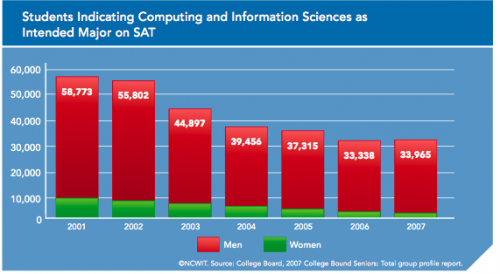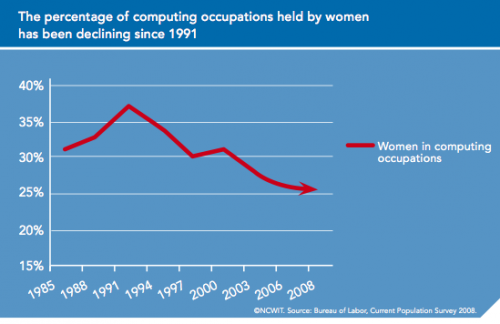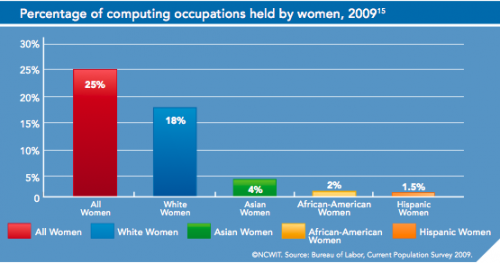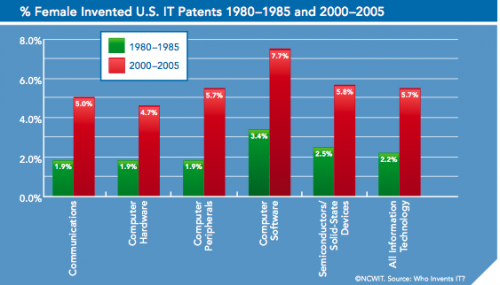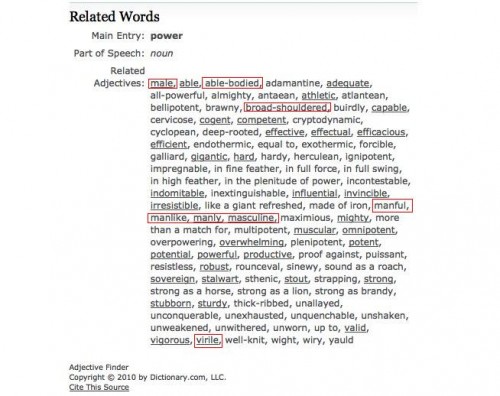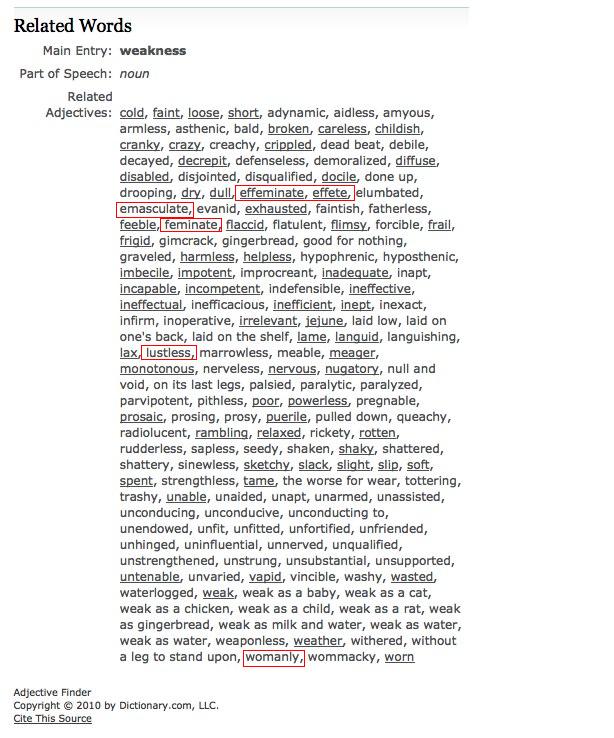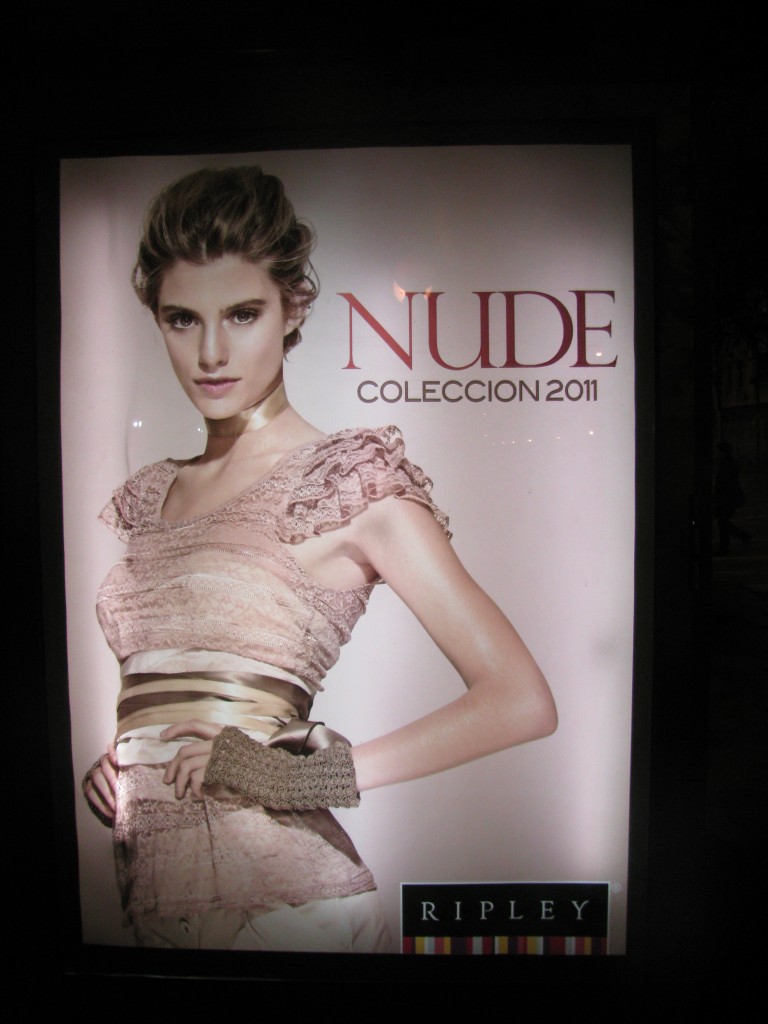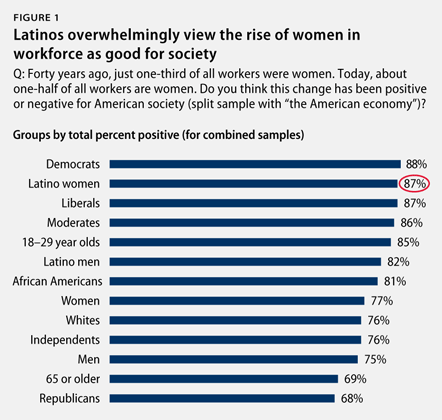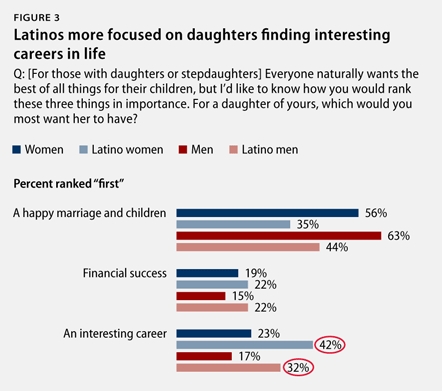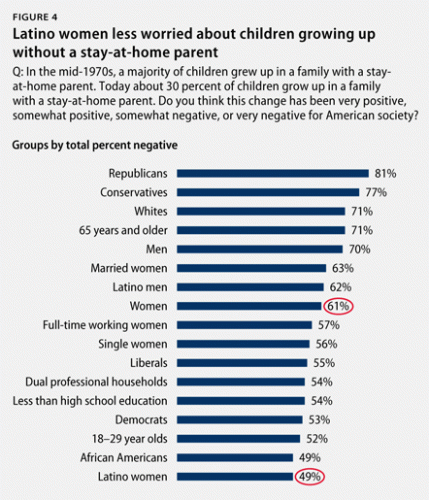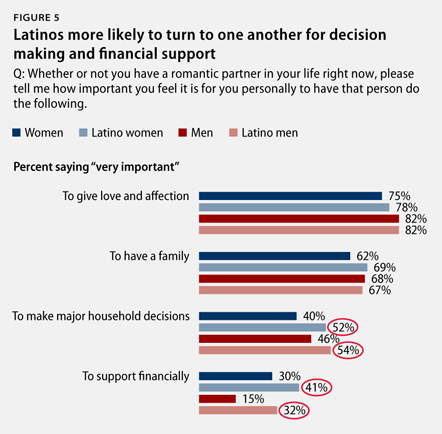Joel S. sent in a link to an article by Gonzalo Frasca at Serious Game Source about a management simulation game the U.K. branch of Intel released back in 2004. It was called The Intel IT Manager Game: The Simulation of an IT Department and was a free promotional program:
The player had to hire IT employees, as well as manage a budget and buy computer equipment, the latter of which was either generic or Intel-branded.
When you started out you selected the sex of your IT manager:
But then, when you went to hire employees…they forgot to include an option to hire any women. You could get a guy with a green mohawk, though:
After a few days the game was taken down and Intel said they were making revisions; it re-launched a month later, this time with female employee options, including this one, whose hair looks like alien antennae to me:
You can see the current version here.
Frasca argues that such oversights are more important than the lack of female avatars in some video games:
The Intel game is not merely an entertainment product: it is a piece of corporate advertising that simulated an IT workplace for an audience of real IT workers. Unlike what happens in the fantasy world of Fable, gender inequality is a very real problem for IT workers.
The post mentions the National Center for Women and Information Technology, so I went over and looked at some of their data. Gender of students who take the SAT and say they plan on choosing computer/IT majors:
If anything, it looks like the gender segregation of computer/IT occupations is increasing:
Broken down by gender and race/ethnicity:
Asian/Asian American women are actually overrepresented compared to their percentage of the U.S. population (all Asian Americans make up just about 5% of the entire U.S. population, obviously Asian American women make up less than that, though I don’t recall the exact proportion). All other racial/ethnic groups listed here are significantly underrepresented in computing jobs.
The percent of patents in various fields invented by women in the early ’80s and the early…’00s (?):
Frasca suggests that one reason for the Intel snafu might be a lack of women working on the project — if there were women, they might have noticed the lack of female employee options. That’s possible. It’s also likely that having more women in a workplace makes their male colleagues more aware, and thus a guy might think, “hey, maybe we should add some women employees to the game.”
This is totally anecdotal, I know, but forgive me. I have a number of female friends who work in computing jobs; almost all of them have generally found themselves to be the only, or one of just a few, women in their office. And with few exceptions, they say that the men they work with aren’t openly hostile or unfriendly. They don’t deviously exclude them from projects or social events or make lots of sexist remarks. But they forget they exist (for instance, inviting everyone else in the office to lunch where they talk about new project possibilities, and then seeming genuinely sorry later when they realize they left out the only woman in the office…but doing it again anyway).
And things like the Intel game reflect and reinforce the invisibility of women in such fields.




